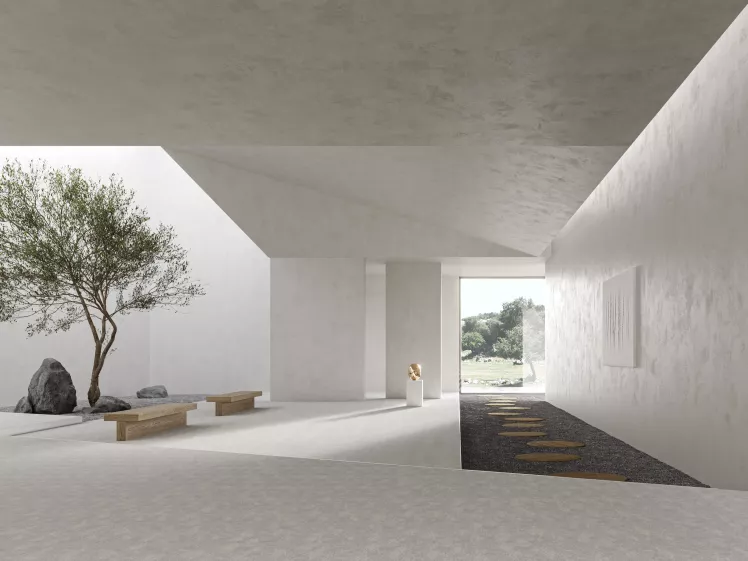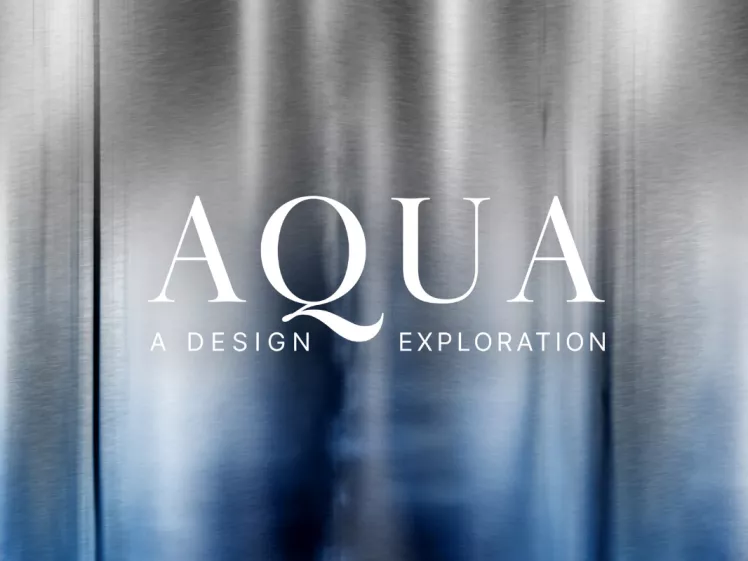
Neuro-inclusive design and good acoustics go hand in hand. A space where noise takes the upper hand, will never be neuro-inclusive. That’s why the role of acoustics is key in shaping the sensory experience within the space. Let’s discover how these two intertwine and can create a harmonious space that benefits everyone.
Understanding Neuro-Inclusive Design
If we want to live in a world where acceptance, respect and accommodation are the key principles, we should make neuro-inclusive design the norm. While the majority of the population is said to be neurotypical, still a large amount neurodiverse (autism, ADHD, dyslexia, etc.). The latter can introduce distinctive ideas and typically excel in problem-solving. By implementing neuro-inclusive principles into your design, you’ll not only benefit the neurodiverse but also the neurotypical.
Under neuro-inclusive design principles we understand the following: sensory-friendly elements (e.g. dimmable lighting, soft flooring and panels for better acoustics, sensory pods, different sensory textures, etc.), flexible spaces and furniture (e.g. movable walls, adjustable furniture and seating, etc.), zoning and wayfinding (e.g. defining meeting spots or coffee stands by use of coloured walls or carpet and clear signage for smoother navigation) and biophilia (e.g. the addition of plants or water features, earthy tones for walls or floors, nature-like textures, etc.).
The Power of Acoustics
One of the neuro-inclusive principles that we want to highlight, is the addition of sensory-friendly elements such as sound absorbing materials. Noise pollution can have a negative impact on our emotions, concentration and overall cognitive well-being. Knowing that neurodivergent people often have heightened senses, noise can not only disturb them but also drive them away over time. Especially in workspace environments noise pollution can prove to be very disadvantageous for the whole company. It leads to a drop in productivity and deteriorates the well-being of the employees.
The solution to noise pollution? Investing in sound-absorbing materials, such as soft flooring or acoustics panels. Soft flooring, or carpet, absorbs unwanted sounds from within the space or adjacent rooms. The fibres in the carpet trap and dampen sound vibrations, creating a quieter and more comfortable environment where occupants can thrive.
The Challenge
To find a one-size-fits-all acoustical solution is hard, because of the wide spectrum of sensory sensitivities among neurodivergent people. That’s where a flexible approach by the designer comes in. Choosing for adjustable acoustic elements, such as curtains, baffles or modular panels, can allow the occupant to customise the environment based on their personal preferences.
Another way of avoiding this challenge, is by regularly seeking feedback from users with various sensory profiles during the design process. This allows for adjustments and improvements based on real-world experiences, which results in an effective neuro-inclusive acoustic design.
Today, we have access to new acoustic technologies that will revolutionise the way spaces cater to diverse sensory needs. These technologies, such as dynamic soundscaping and adaptive noise control, enable real-time adjustments based on individual preferences. Additionally, architects are experimenting with innovative materials and spatial configurations that prioritise both visual and auditory comfort.
Navigating the Nexus of Neuro-Inclusive Design and Acoustics
The symbiotic relationship between neuro-inclusive design and acoustics is vital for creating harmonious spaces. By recognizing the impact of noise on sensory experiences, we can start to embrace the neuro-inclusive principles and invest in sound-absorbing materials like soft flooring. Despite the challenge of a universal solution, a flexible design approach and user feedback are crucial. The future of acoustic technologies promises transformative possibilities, paving the way for spaces that genuinely cater to diverse sensory needs, fostering neuro-inclusivity and enriched environments.

Get a feel for our carpets

Get news and insights

Natural Elegance: Sylvain Willenz’ Custom Carpet Design for modulyss

modulyss Now Available on Material Bank

Design Innovation: modulyss at Archiproducts' Aqua Event curated by Studiopepe



